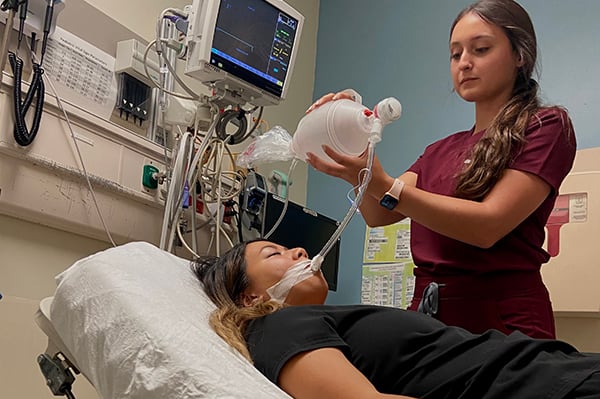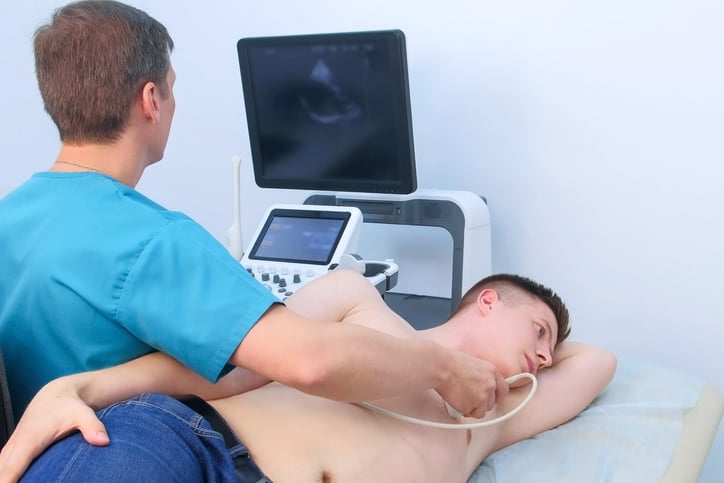Browsing: Clinical



International EM
Medical students from the Global Emergency Medicine Student Leadership Program sat down with 18 of ACEP's International Ambassador teams to capture their perspectives on the state of emergency healthc
EM Around the World: ACEP International Ambassadors Recap Development of Emergency Care Globally
10/7/2021 Jerry Z. Oomen , Ashley Pickering, MD, MPH , Dania Abu-Jubara, DO , Grace Brown, MD , Anthony Rodigin, MD, FAAEM, FACEP , Stephanie Chow Garbern, MD, MPH, DTM&H , Andres Patino, MD








